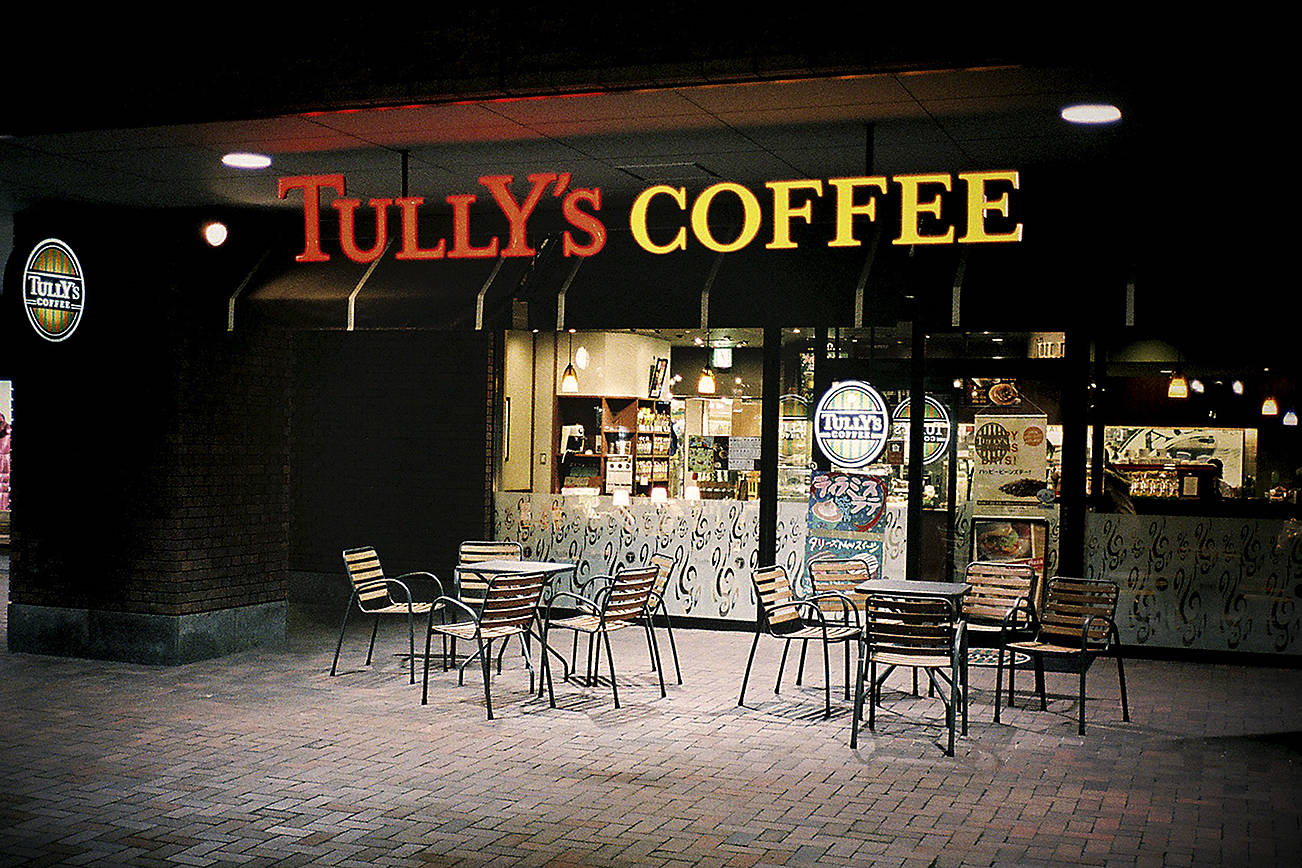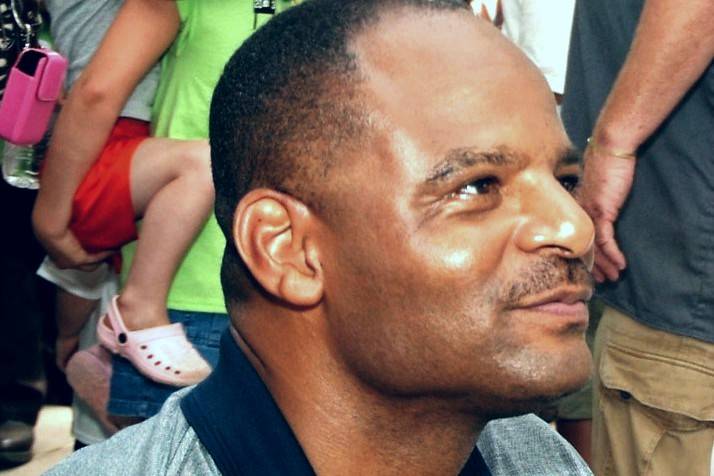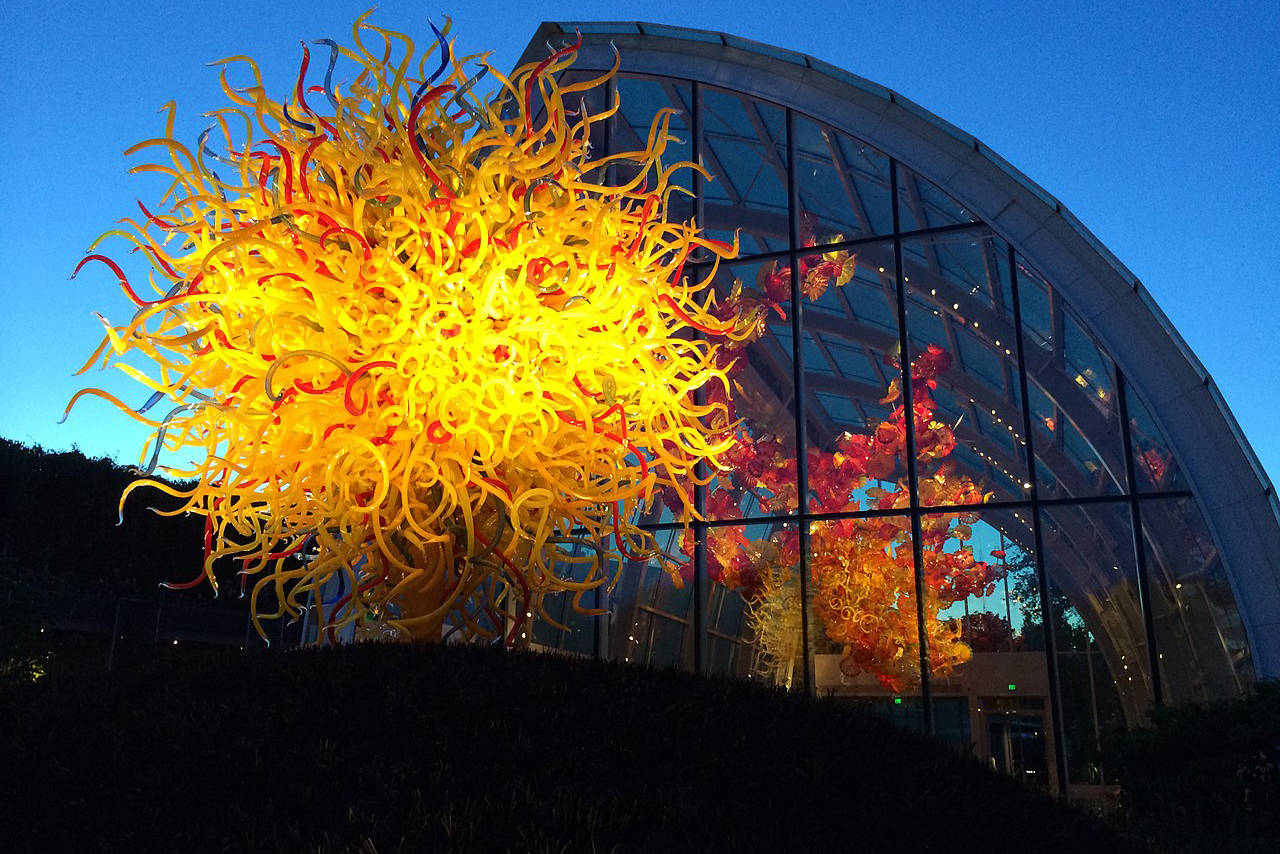You’re Nicole Westbrook walking downtown. You’re Justin Ferrari driving down a street. You’re Joe Albanese or Drew Keriakedes sitting in a cafe. You’re Gloria Leonidas in a parking lot. You’re living, then suddenly dead. What is the cause of random violence, guns or gangs? Last Wednesday, the answer became Ian L. Stawicki.
He shot six people he saw as his enemies, killing five, then got on his knees as police approached and, pulling the trigger one last time, surrendered himself to hell. It was a day of mass murder followed by the mayor’s call to pass more laws to control guns. Yet he and the police chief had already announced a crackdown on weapons, which did nothing to stop Stawicki, who left home last week with two guns and the rage to use them.
It’s too easy to look at six deaths in one day, and 15 others since January 1, and say it’s just guns and not their users. Stawicki was already feared at the little cafe he filled with gunfire, and family members say he was breaking down mentally. “We could see this coming,” his brother told The Seattle Times.
People saw Kyle Huff coming, too. He stalked the teens who he felt had shut him out of their circle. He armed himself and wrote a suicide note to his twin brother. Then he went to a party on Capitol Hill in 2006 and killed six people and wounded two others before shooting himself when confronted by a cop. A city report on the shootings revealed Huff thought he was “defending society from the promiscuous rave culture that he perceived as dangerous and evil,” adding “It is not unusual for a mass killer to focus his own disenchantment upon a group of people, and suggest that mass murder is the right thing, the noble thing, a duty to squash the enemy.”
As thoughtful as that report was, it got lost in the clamor for more gun control, America’s eternal argument over the need for more laws versus enforcing those we already have. The practice in the wake of crime waves is to study statistics and narrow timelines to determine the cause. More murders this year than last year, more in a few days than in a few months. There you go: More people are dying because they’re being shot more often.
The city gives in to futile hysteria, some calling for an end to guns, others arming themselves, the rest threatening to move to the suburbs—as if they’re safer (see Lakewood, Wash., Nov. 29, 2009). Public urgency seems to spike especially when the victims are white. Gang violence—when blacks, Asians, and Latinos are shooting and being shot—is our Afghanistan.
The gun is the method. The cause is something more complex: families, relationships, mental illness—nothing you can pass a law against. There are more guns and more people in Seattle than in 1994, but that was a scary town then: 69 people were murdered. Last year, in comparably sized Baltimore, almost 200 were slain.
Asked at a press conference, “Mayor, what is going on?”, Mike McGinn had no answer. Not even he seemed to realize he was still in charge of one of the safest big cities in America.








